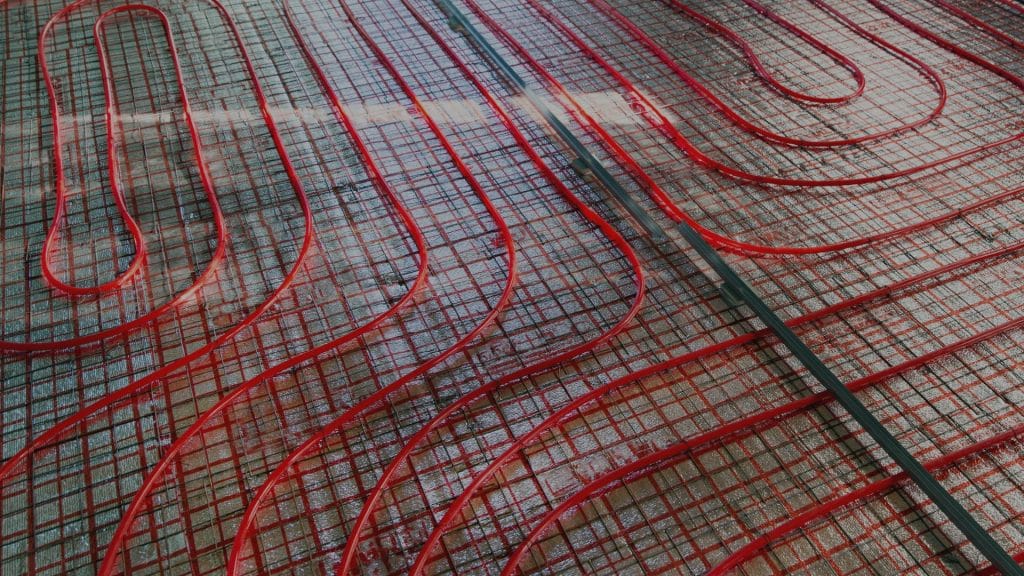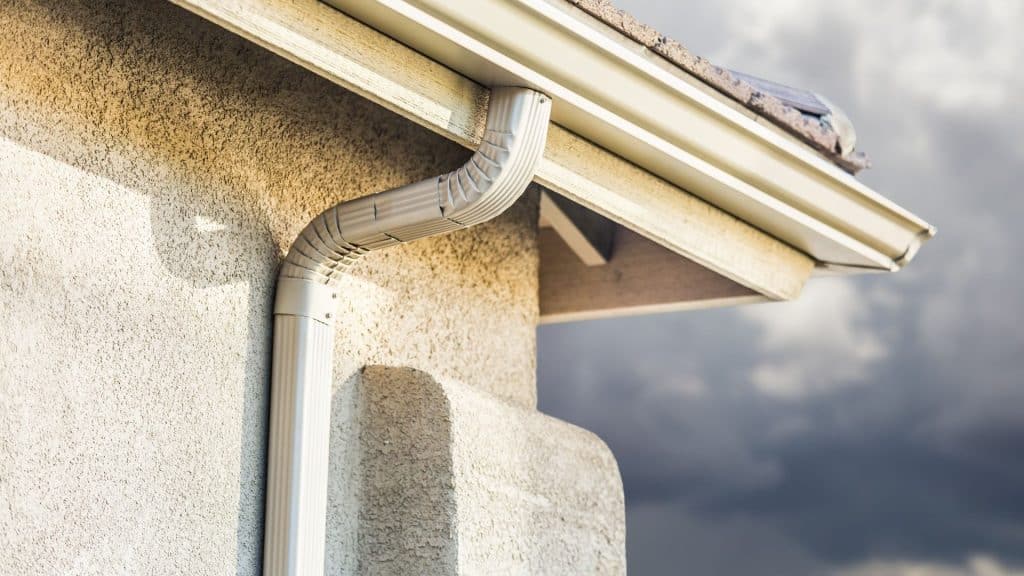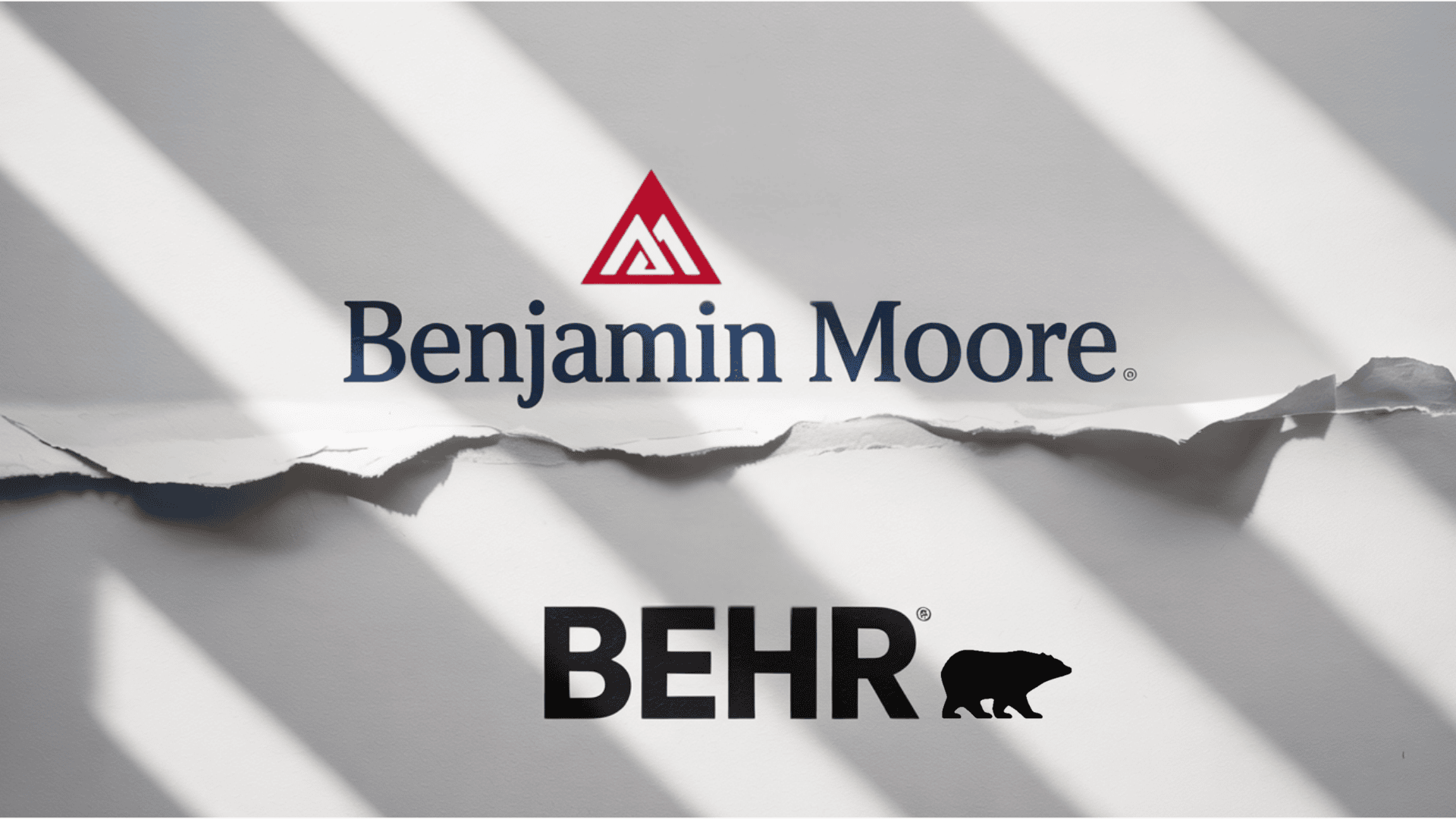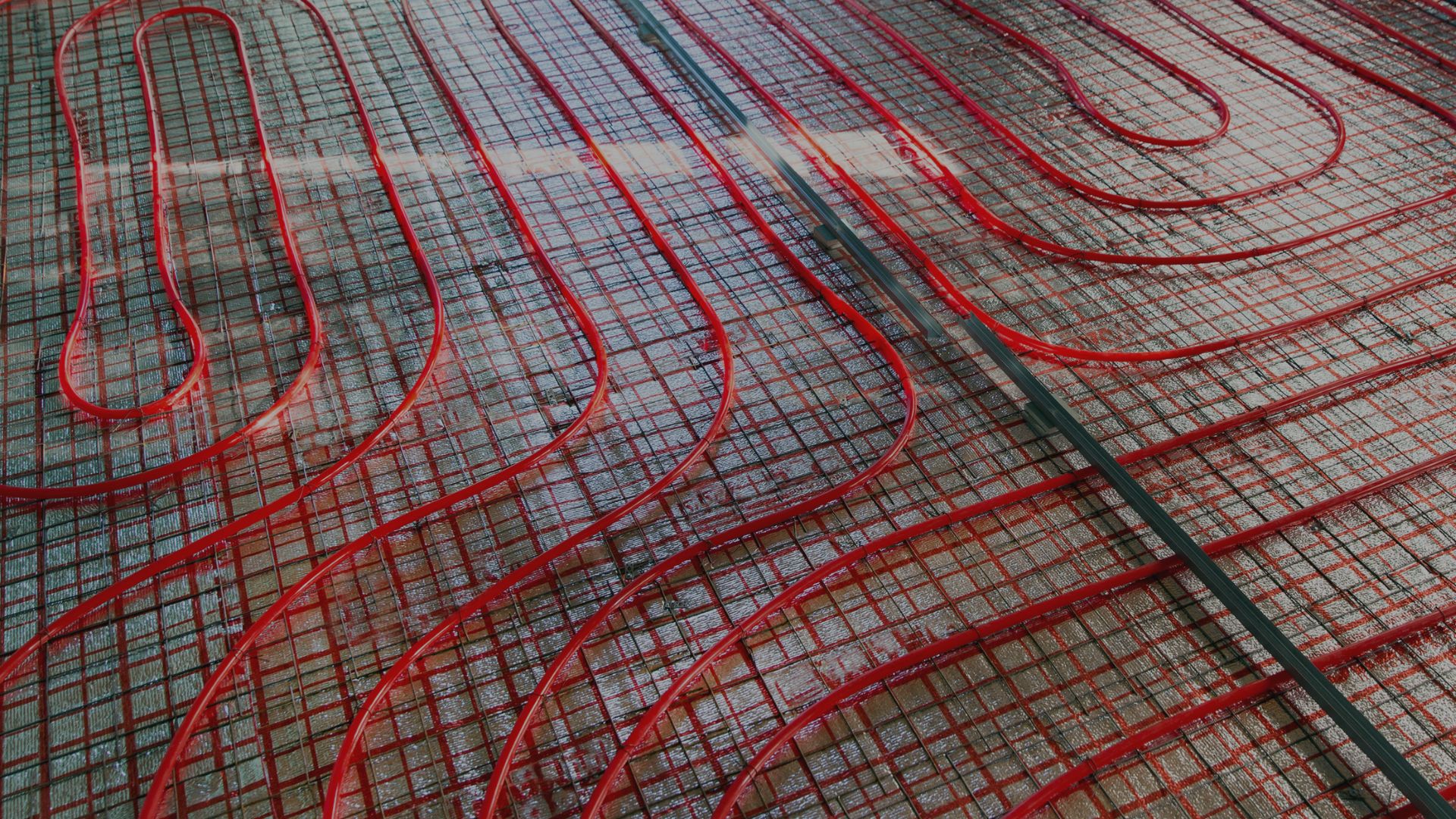Why do so many roofs fail after just one hailstorm?
Traditional asphalt shingles crack, lose granules, and fade within years. Owners face constant repairs and early replacements. This problem costs thousands of dollars and endless frustration.
F Wave shingles offer a better solution. These synthetic shingles resist hail, wind, and UV damage far better than asphalt.
This blog explains what F Wave shingles are, how they perform, their cost, and whether they’re worth the investment.
You’ll learn about durability, real-world reviews, and comparisons with other roofing materials. By the end, you’ll know if F Wave shingles fit your home and budget.
What Are F Wave Shingles?
F Wave shingles are synthetic roofing products made from a special polymer blend. Unlike traditional asphalt shingles, they contain neither asphalt nor granules. Each shingle is a single piece of engineered material.
The manufacturing process creates a monolithic design. This means the entire shingle is one solid unit. It resists tearing and offers protection against UV rays. The material stays flexible in cold weather and firm in heat.
Key difference: No granules means no granule loss. No asphalt means no brittleness or cracking. The result is a roof that holds up better in storms and sun.
F Wave shingles fit into the category of synthetic roof shingles. They’re part of a growing trend toward non-asphalt roofing materials. Owners choose them for durability and performance.
Now that you know what F Wave shingles are, let’s look at the key features that make them stand out from traditional roofing materials.
Key Features That Set F Wave Shingles Apart
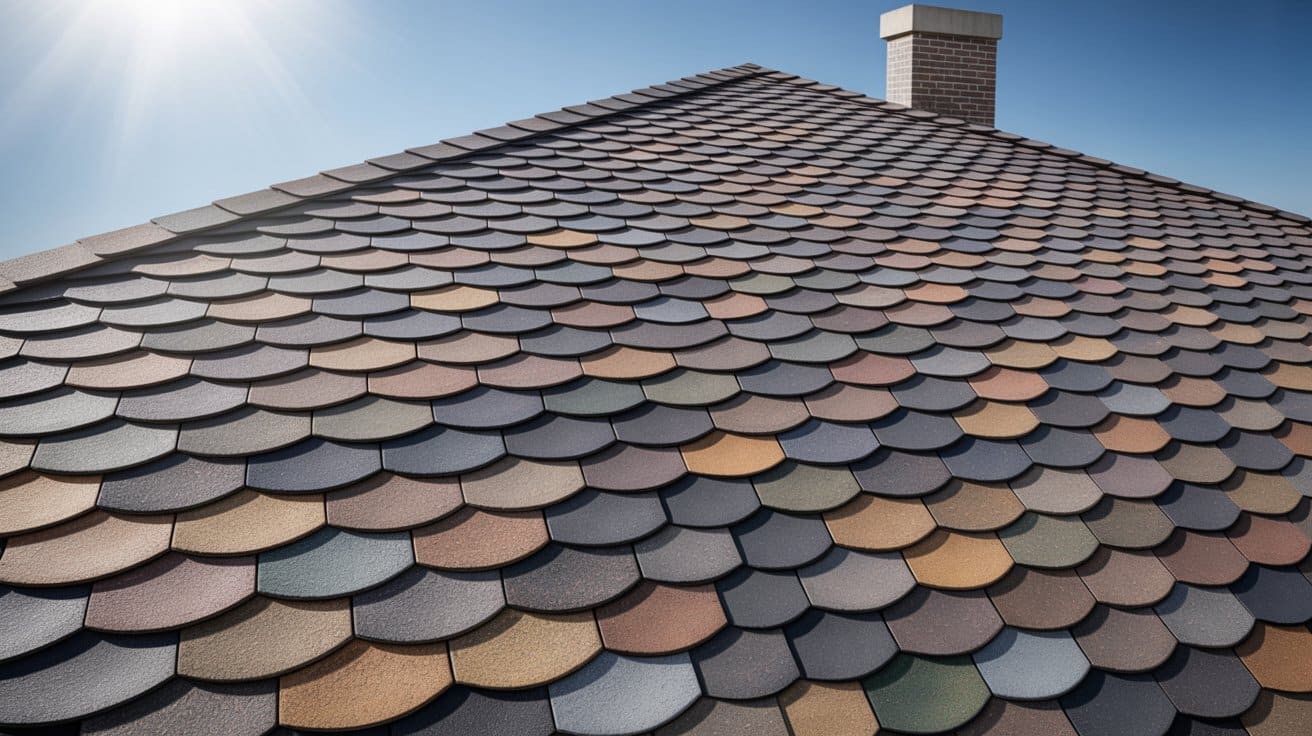
F Wave shingles stand out for their proven performance. Here’s what makes them different from other roofing options.
1. Impact & Hail Resistance
F Wave shingles have earned a Class 4 impact rating. This is the highest rating available under UL 2218 standards. Traditional shingles often fail after a single storm. F Wave shingles can handle repeated impacts without damage.
2. Wind Resistance
These shingles resist wind speeds up to 130–150 mph. That’s strong enough to survive most hurricanes and tornadoes. The single-piece design prevents edges from lifting or tearing away.
3. Fire Rating
F Wave shingles carry a Class A fire rating. This is the best fire resistance rating for roofing materials. The shingles won’t ignite easily and won’t spread flames.
4. UV & Fade Resistance
The polymer material resists UV degradation. Colors stay bright for decades. Most asphalt shingles fade within 10 to 15 years. F Wave shingles maintain their appearance for 30 years or more.
5. No Granule Loss / Single-Piece Design
F Wave shingles have no granules to lose. The color and protection are built into the entire material. This design prevents the most common cause of roof failure.
Knowing the standout features is one thing, but what do they mean for you? Here are the real-world benefits of installing F Wave shingles.
Benefits of Choosing F Wave Shingles
Owners who install F Wave shingles report several advantages. Here are the most important ones.
Long lifespan: F Wave shingles can last 50 years or more with proper installation.
Superior storm performance: Hail, wind, and snow rarely damage these shingles.
Energy efficiency & reflectivity benefits: The material reflects more sunlight, keeping attics cooler in summer.
Curb appeal: They offer the beauty of slate or cedar shake without the weight or cost.
Low maintenance: These shingles don’t crack, curl, or peel. They don’t need regular repairs or treatments.
Extended warranty coverage: The first five years include full replacement coverage.
Every roofing material has its pros and cons. After reviewing the benefits, let’s take an honest look at the limitations of F Wave shingles.
Drawbacks & Limitations of F Wave Shingles
While F Wave shingles offer many benefits, they also come with a few downsides that owners should consider before making a decision.
| Downside | Details | Impact on Owners |
|---|---|---|
| Higher Upfront Cost | F Wave shingles cost 2-3 times as much per square foot. | Budget-conscious owners may face shock, but long-term savings on repairs and replacements. |
| Limited Color and Options | F Wave offers a narrower range of colors and textures. | Owners looking for a very specific shade may need to wait or compromise on color. |
| Fewer Certified Installers | In rural or less-populated areas, finding qualified installers can be challenging. | Limited availability of certified installers could delay or complicate installation. |
| Newer Product with Less Long-Term Data | F Wave shingles are a newer product with less field data. | Some owners may feel hesitant about the long-term durability of the product. |
Despite these drawbacks, F Wave shingles’ longevity and performance make them a strong contender for those looking for a durable roofing solution.
Every owner wants the best roof within their budget. Let’s take a closer look at what you can expect to pay for F Wave shingles.
How Much Do F Wave Shingles Cost?
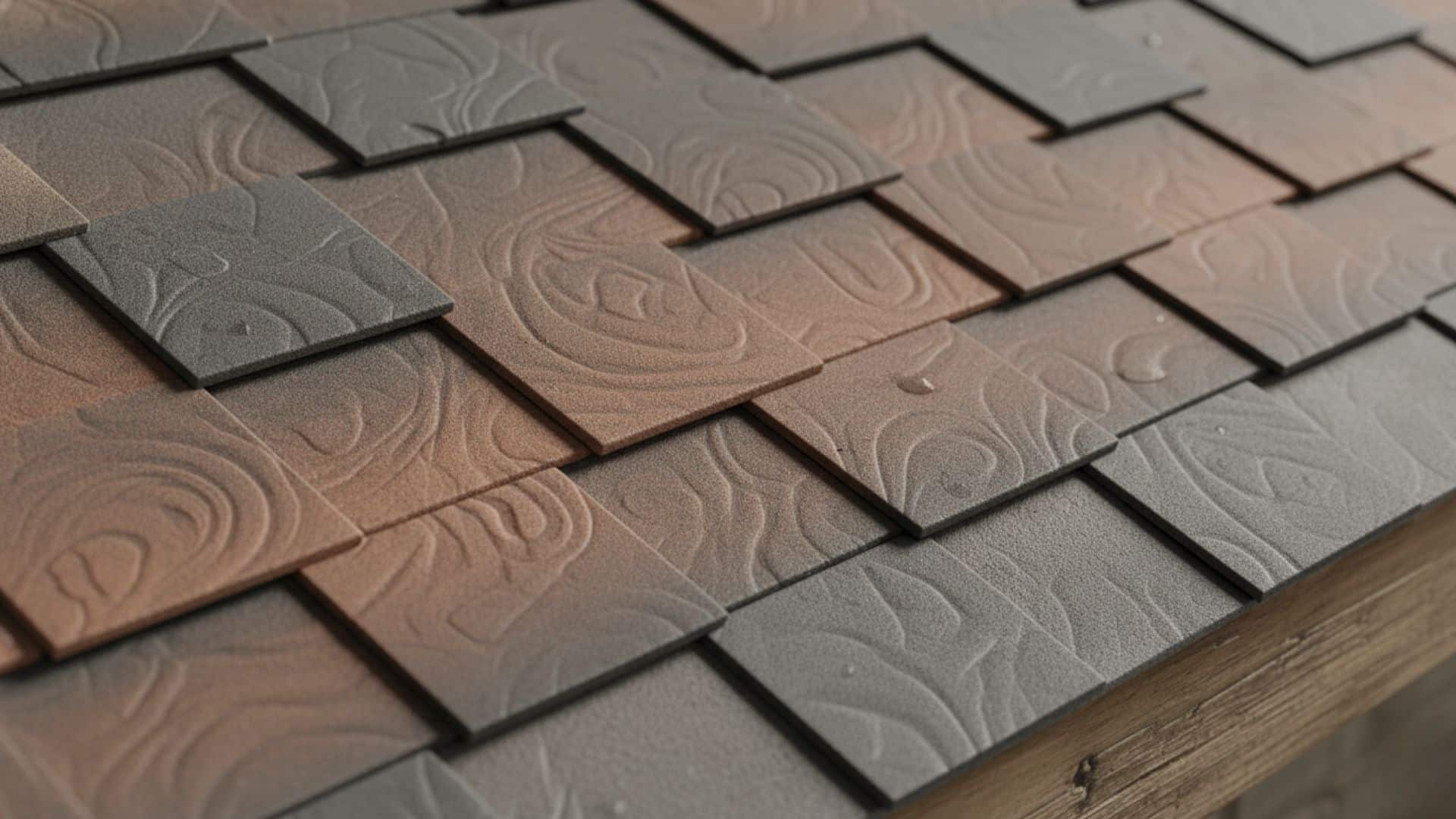
The average installed cost of F Wave Shingles ranges from $12 to $25 per square foot. This includes materials, labor, and removal of old shingles. The exact price depends on several factors.
Factors Affecting Cost
- Roof size: Larger roofs cost more overall but may have a lower per-square-foot price.
- Roof slope: Steeper roofs require more safety equipment and time. This increases labor costs.
- Removal of old shingles: If your old roof needs to be torn off, expect to pay more.
- Region: Labor rates vary by location. Urban areas and coastal regions tend to cost more.
- Installer rates: Certified F Wave installers may charge a premium for their expertise.
Long-Term Savings
F Wave shingles reduce long-term costs. You’ll spend less on:
- Repairs and maintenance
- Roof replacements every 15–20 years
- Insurance claims after storms
Over the life of the roof, F Wave shingles often cost less than repeatedly replacing asphalt shingles.
Now that you have a clear idea of the cost, it’s helpful to see how F Wave shingles compare to other popular roofing materials in terms of value and performance.
F Wave Shingles vs. Other Roofing Materials
When comparing roofing materials, it’s essential to look beyond upfront cost and consider long-term performance, appearance, and maintenance.
Here’s a detailed comparison of F Wave shingles versus asphalt shingles, cedar shake, metal roofing, and slate tiles.
| Feature | F Wave Shingles | Asphalt Shingles | Cedar Shake | Metal Roofing | Slate Tiles |
|---|---|---|---|---|---|
| Durability | Highly durable | Moderate | Natural but vulnerable to rot | Extremely durable | Very durable but heavy and brittle |
| Lifespan | 50+ years | 15–25 years | 20–30 years | 40–70 years | 75–100 years |
| Appearance | Natural shingles with lasting color | Classic look, but fades over time. | Warm, natural, traditional look | Sleek, modern, industrial look | Luxurious stone appearance |
| Cost | Moderate–High | Low | Moderate | Moderate–High | Very High |
| Maintenance | Virtually maintenance-free. | Regular | Periodic | Minimal | Brittle |
| Weight | Lightweight | Lightweight | Moderate | Moderate | Very heavy |
| Overall Value | Excellent long-term value, low upkeep | Budget-friendly, shorter lifespan | Beautiful but high-maintenance | Durable, efficient, higher cost | Prestigious look, very expensive |
Overall, F Wave shingles strike the best balance of durability, aesthetics, and low maintenance, offering a long-lasting, worry-free roofing solution that stands out among traditional materials.
Seeing how F Wave shingles outperform other materials is impressive, but how easy are they to install and care for? Let’s break it down.
Installation & Maintenance Overview of F Wave Shingles
Installing F Wave shingles requires specific knowledge. Here’s what you need to know.
Installation Process Basics
The shingles don’t use sealing granules like asphalt shingles do. Instead, they rely on proper nailing and overlap. This means installers must follow the manufacturer’s guidelines precisely.
Need for Certified Installers
F Wave requires certified installers. These contractors receive training on proper installation techniques. They understand how to handle the material and secure it correctly.
Maintenance and Inspection
F Wave shingles need minimal maintenance. Most houses never need repairs. The material resists common problems like cracking and curling.
Warranty Highlights
F Wave offers a limited lifetime warranty. Full replacement coverage for defects or damage for the first 5 years. Prorated coverage for the life of the roof after 5 years.
With their durability, low maintenance, and long-term value, F Wave shingles are a smart choice for owners seeking a reliable and stylish roofing solution.
Conclusion
F Wave shingles represent a significant improvement in roofing technology.
They handle extreme weather better than asphalt, cedar, or most alternatives. The 50-year lifespan and low maintenance make them cost-effective over time.
Owners in hail-prone and high-wind areas benefit the most. If storms regularly damage your roof, F Wave shingles can end that cycle. The upfront cost is higher, but the long-term savings and peace of mind justify the investment.
Are F Wave shingles worth it? For durability, protection, and curb appeal, yes. They’re one of the smartest roofing choices available today.
Consider your climate, budget, and long-term plans. If you value quality and performance, F Wave shingles deliver.




